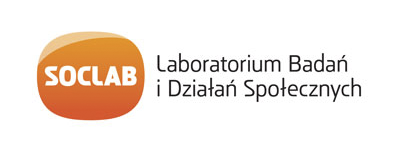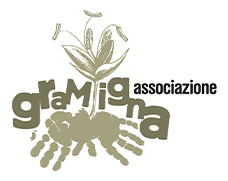EURECA
Good Practices
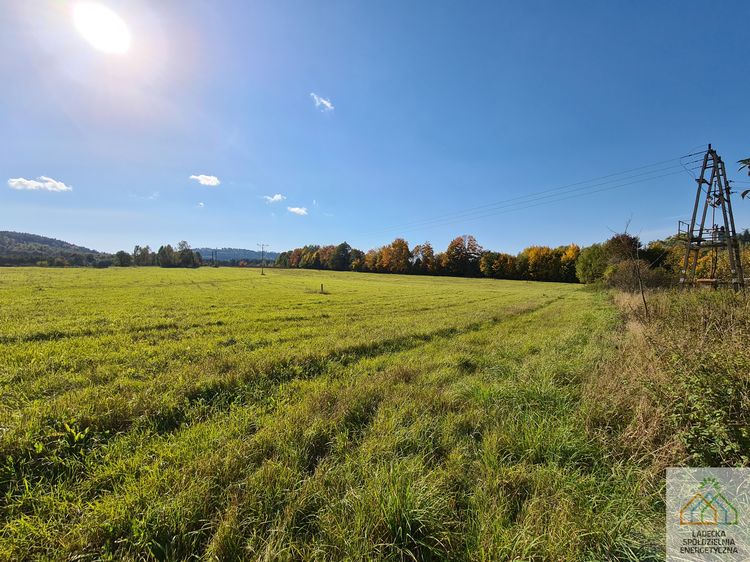
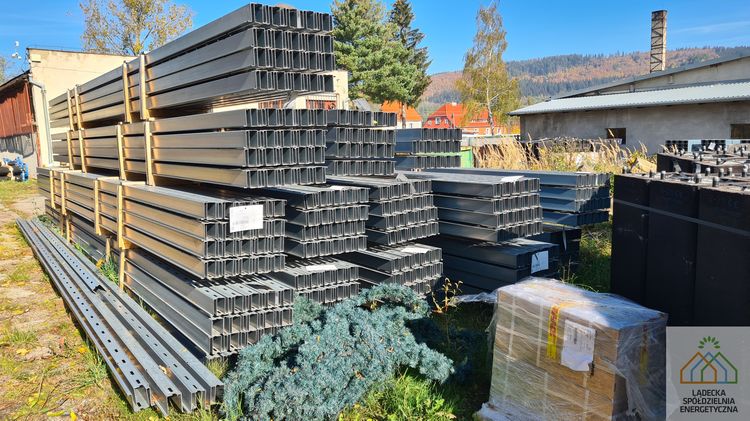
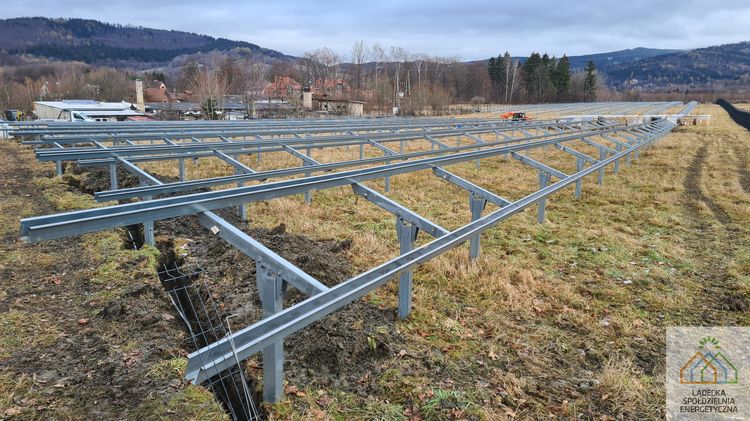
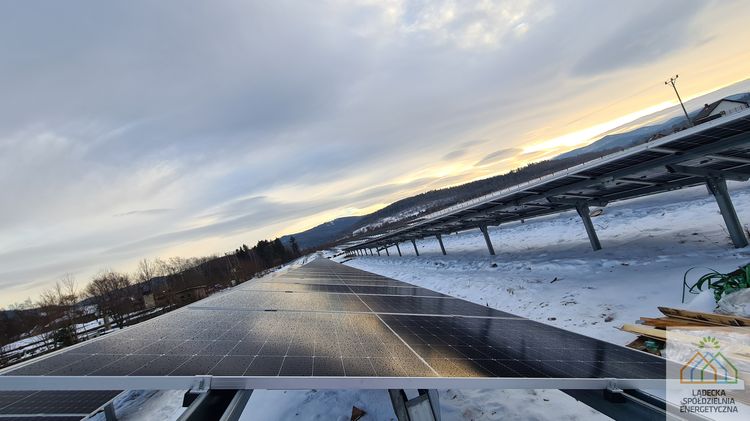 Pictures:
Pictures:Photos by Lądecka Spółdzielnia Energetyczna - Lądek Energy Cooperative.
Renewable energy cooperative.
Country:Main Subject:
Description:
Public involvement in the development of renewable energy sources is a key factor without which RES investments are met with great public resistance. Windmills - vibration and noise, photovoltaic farms - landscape disturbance, biogas plants - stench. The perception of nuisance changes dramatically if local residents are included in the profit from windmills, photovoltaics or methane. One way to break down the resistance of local residents is through energy cooperatives.
An energy cooperative is a form based on bringing together local people, local government units or businesses operating in the area to build new, or combine existing, renewable energy installations using locally available resources. This form also makes it possible to spread investment costs over a larger number of entities. And thus offers the opportunity to build more efficient installations, supplying more consumers with energy.
As of the beginning of February 2024, there are 26 energy cooperatives in Poland, all producing electricity from the sun on photovoltaic farms. According to the provisions of the Polish Renewable Energy Sources Act, the object of the cooperative's activities can be the generation of electricity, biogas, or heat, exclusively for the energy cooperative's own needs and those of its members.
Permissible capacity:
- for electricity - the total installed capacity of all RES installations enables the cooperative and its members to cover at least 70% of their own needs and does not exceed 10 MW,
- for heat - the total thermal output does not exceed 30 MW,
- for biogas - the annual capacity of all installations does not exceed 40 million m3.
Energy cooperatives are established in both rural and urban areas.
Examples include the municipal energy cooperative in Poland: Otwarty Jazdów in Warsaw, or the Michalowo Energy Cooperative located near Bialystok in the municipality of Michalowo.
Reference links:
https://www.hub.coop/pierwsza-miejska-spoldzielnia-energetyczna/
https://michalowo.eu/co-nam-da-spoldzielnia-energetyczna-spotkanie-informacyjne-w-ramach-projektu-renaldo/
https://www.gov.pl/web/kowr/wykaz-spoldzielni-energetycznych
https://energytradesolutions.pl/samowystarczalnosc-jst/spoldzielnia-energetyczna/
https://lse.ladek.pl/
https://magazynbiomasa.pl/spoldzielnie-energetyczne-szansa-na-rozwoj-branzy-biogazu/?fbclid=IwAR2Fzy5LZhxL_VXvuUQGWQv1vPA2EgwCfMOBIhJ55nVj3FxDIFnfnpOsBlQ
SDG direct/ indirect short justification:
Direct SDGs:
SDG 7. Ensure access to affordable, reliable, sustainable and modern energy for all
Indirect SDGs:
SDG 9. Build resilient infrastructure, promote inclusive and sustainable industrialization and foster innovation.
SDG 11. Make cities and human settlements inclusive, safe, resilient and sustainable
SDG 17. Strengthen the means of implementation and revitalize the Global Partnership for Sustainable Development.
Justification:
The activity meets Target 7.2.1 Renewable energy share in the total final energy consumption and 7.1.2 Proportion of population with primary reliance on clean fuels and technology.
Keywords:
City:
Questions:
- What is energy cooperative?
- What kind of renewable energy can be produced by energy cooperative?
- What are the concerns of local communities regarding renewable energy sources (photovoltaic farms, windmills, biogas plants)?
Authors:
Piotr Znaniecki
Fundacja SocLab
